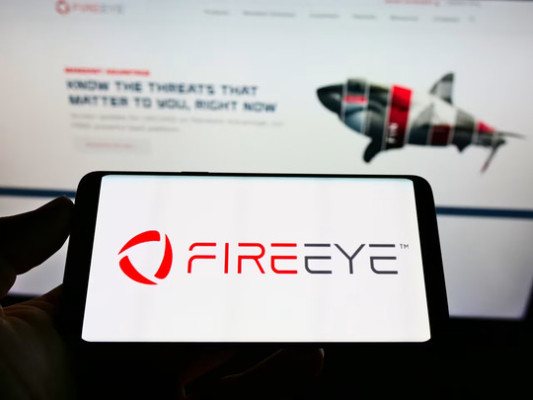
Researchers at FireEye have examined a new campaign in which advanced persistent threat (APT) actors used some clever techniques to avoid being detected.
According to the security firm, multiple Internet infrastructure service providers in the United States and Asia, a U.S.-based media company, and a financial institution and government organization located in Asia have been targeted in the operation dubbed "Poisoned Hurricane."
FireEye started analyzing the group's activities in March 2014, when they spotted a PlugX (Kaba) variant that connected to legitimate domains and IP addresses. One of the samples spotted by researchers had been signed with a legitimate digital certificate from the Police Mutual Aid Association, while another sample leveraged an expired digital certificate from a company called MOCOMSYS, Inc.
Cyber AttacksThe malware was set up to connect to domains such as adobe.com, update.adobe.com and outlook.com. Since it was unlikely that the attackers had access to these domains, researchers realized that they were actually re-routing traffic destined for these domains from specific victims.
PlugX was configured to resolve DNS lookups through the nameservers of a company called Hurricane Electric. Anyone can sign up for a free account with the company's hosted DNS service, which allows users to register a zone and create A records for it. These A records can be pointed at any IP address.
"The dangerous aspect of this service is that anyone was able to hijack legitimate domains such as adobe.com," FireEye's Ned Moran, Joshua Homan and Mike Scott explained in a blog post. "Although these nameservers are not recursors and were not designed to be queried directly by end users, they were returning results if queried directly for domains that were configured via Hurricane Electrics public DNS service. Furthermore, Hurricane Electric did not check if zones created by their users were already been registered or are otherwise legitimately owned by other parties."
FireEye has identified a total of 21 legitimate domains hijacked in this manner. However, as of August 4, Hurricane Electric was no longer returning answers for these domains, the company said.
The visitors of the hijacked domains were not affected if their computers were not infected with these PlugX variants, but experts point out that these tactics complicate the job of IT security teams.
In a different campaign, the same group used another clever evasion technique. In this operation, which ran in parallel with Poisoned Hurricane, the attackers leveraged Google Code to obfuscate the location of C&C servers.
FireEye said that it has found multiple PlugX files configured to connect to various Google Code projects containing encoded commands. When decoded, the commands actually reveal the IP addresses to which the malware connects via UDP.
"While none of these techniques are necessarily new, in combination, they are certainly both creative and have been observed to be effective. Although the resultant C2 traffic can be successfully detected and tracked, the fact that the malware appears to beacon to legitimate domains may lull defenders into a false sense of security," FireEye researchers concluded.
Source : SecurityWeek
© 2011-2024 All rights reserved